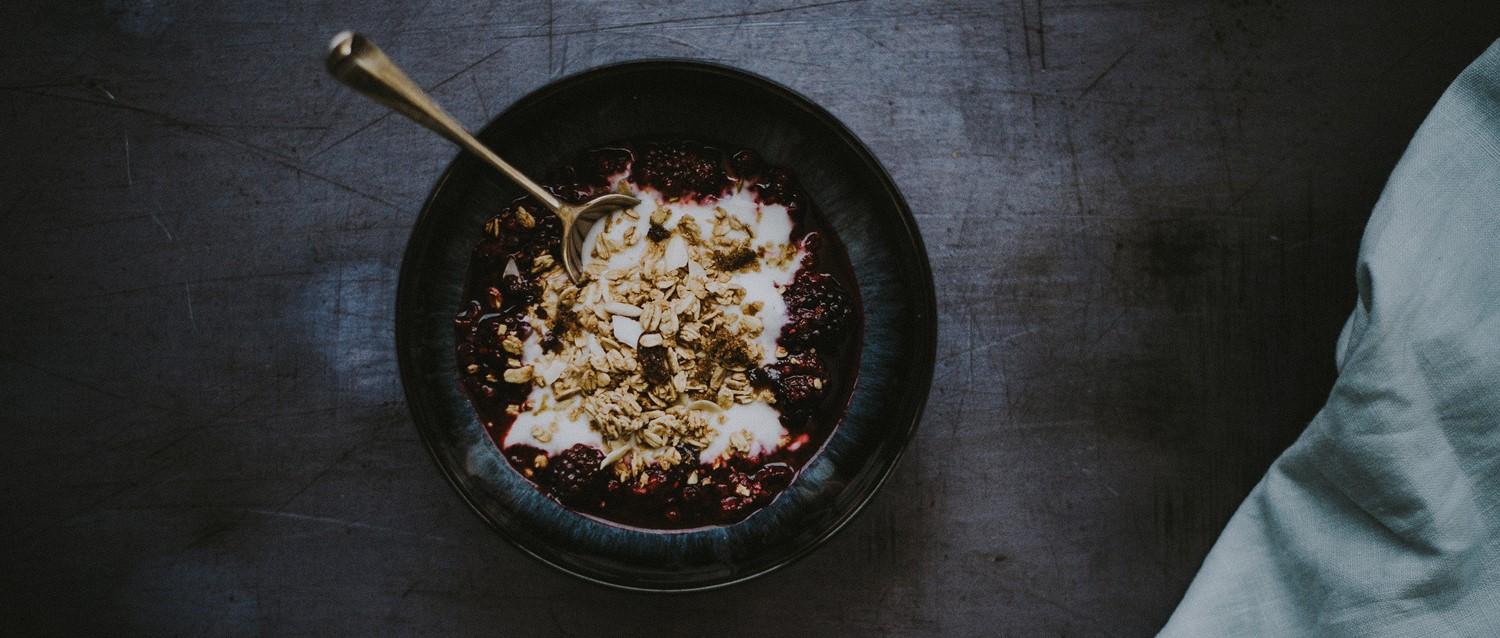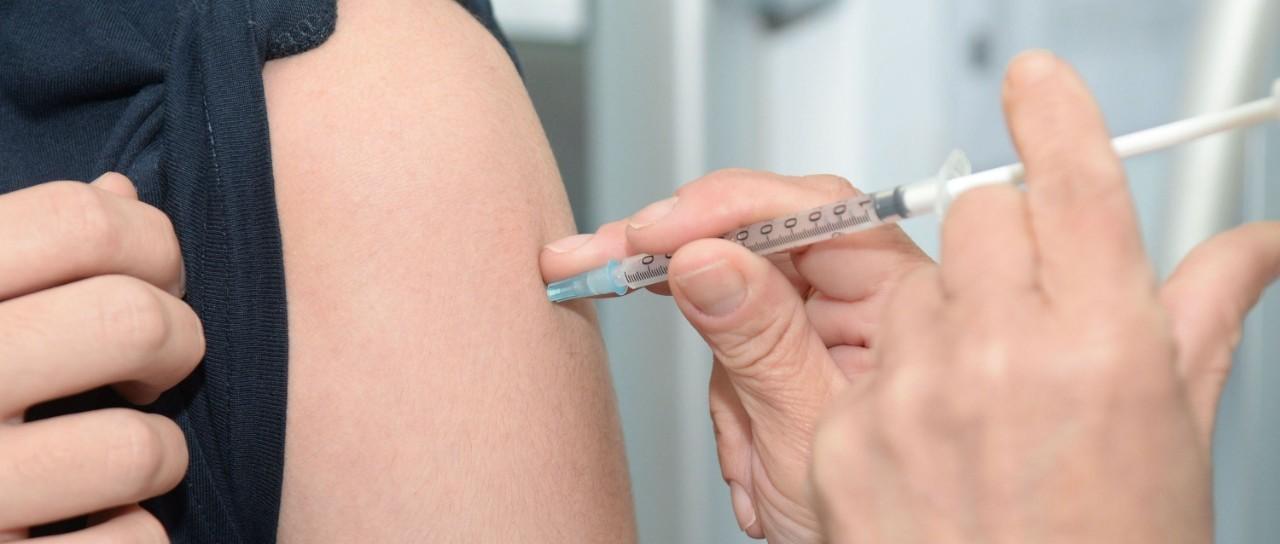
Wie man den Cholesterinspiegel ohne Statine senken kann
Peer reviewed by Dr Hayley Willacy, FRCGP Authored by Dr Sarah Jarvis MBE, FRCGPOriginally published 22 Jun 2018
Erfüllt die Anforderungen des Patienten redaktionelle Richtlinien
- HerunterladenHerunterladen
- Teilen Sie
- Sprache
- Diskussion
Als ich mich als Arzt qualifizierte, stand Cholesterin ganz unten auf meiner Prioritätenliste - und ich bin mir nicht sicher, ob ich überhaupt wusste, dass es mehr als eine Art davon gibt. Heutzutage weiß ich, dass das Thema Cholesterin eines der ersten ist, wenn ich im August einen neuen Praktikanten aufnehme, der mich bittet, ihm etwas darüber beizubringen. Denn bei etwa sieben Millionen Briten, die Statine einnehmen - 1992 waren es noch 58.000 - hat jeder Patient schon einmal von Cholesterin gehört.
In diesem Artikel:
If you've had a heart attack, stroke or type 2 diabetes you'll almost certainly be advised to take statins. The evidence for benefit in this sort of patient is overwhelming - every 1 mmol/L reduction in LDL cholesterol cuts the risk of dying from heart attack by 19%, the risk of heart attack or dying from heart attack by 23%, the risk of stroke by 17% and the risk of dying by 12%. In a study of nearly 3,000 people with type 2 diabetes who hadn't had a heart attack, a daily statin cut the risk of major cardiovascular events by 37%.
But in more recent years, more and more people who don't have one of these conditions have been given statins. Many studies suggest they can cut your risk of heart attack or stroke even if you haven't had one. However, like all medicines, statins cause side effects for some people so they're mostly given to people at higher risk of heart disease. Your risk of heart attack and stroke is calculated using a formula that includes your age, gender, smoking status, cholesterol and HDL ('good') cholesterol levels, etc. If you're over 40, you're entitled to a five-yearly NHS Health check to work out your risks - or you can get one from many pharmacists. For instance, over 300 branches of Lloyds offer heart disease risk assessments, and some offer them free as part of the NHS programme.
Until 2014, the UK recommendation was that anyone with a 10-year risk over 20% should be offered a statin - it has now changed to 10%. But many people on the borderline of being 'high risk' could come out of this category with lifestyle changes.
Losing weight has clear benefits for cholesterol, blood pressure and type 2 diabetes risk - but most changes to your diet don't make that much difference on their own. So a 'portfolio diet', combining lots of beneficial changes, was devised. The Portfolio Diet isn't new - the first study on it was published in 2002. But sticking to the original version could be tough. It included:
A low-fat diet, with ≤7% of daily energy intake from saturated fat.
5-10 daily servings of fruit and vegetables.
A vegetarian diet with no meat, egg yolks or milk products.
About 20 g/day of viscous (soluble) fibre - see below.
45 g/day of soya protein (mainly soya milk and soya meat substitute products in the trial) - see below.
2 g/day of plant sterols (the trial used plant sterol-enriched margarine, equivalent to Flora Pro-Activ® in the UK, which provides 1.7 g in 1 tablespoon - you can get some from 'normal' foods but, for instance, you'd have to eat about 14 avocadoes a day to get 2 g).
46 g/day almonds (about 40 whole almonds).
Lesen Sie unten weiter
Dietary sources of soluble fibre
Oats (1 cup cooked oats contains about 4 g).
Strawberries/apples/oranges/prunes (1 serving provides about 2.5 g).
Rye (eg, rye bread).
Barley (can be added to stews and casseroles).
Beans, peas and lentils (1 cup of cooked beans contains about 6 g).
Okra.
Aubergine.
Brokkoli.
Zwiebeln.
Karotten.
Dietary sources of soya (preferably calcium-fortified)
Soya milk/yoghurt/other dairy food substitutes.
Soya desserts.
Soya snack bars.
Soya mince.
Tofu.
Soya beans (substituted for peas and other vegetables).
There's no question that it works for many people if they stick to it - after a month, it reduced LDL cholesterol by an average of over 29%. But after a year, one in six people had dropped out and many others weren't sticking rigorously to the diet. A third had cholesterol at least 20% lower than when they started, but the mean drop in LDL cholesterol was down to 12.7%.
So how can you devise a portfolio that works for you? Each of these elements works on its own - 15 g soya a day could drop cholesterol by up to 6% a day; 30-35 g nuts by 5%; 2 g plant sterols by 7-10%.
Whatever way you choose, make sure you stick to it. We're all at risk of heart attack - it's just a question of how high that risk is. By making healthy lifestyle changes, we can all benefit.
Patienten wählen aus für Hoher Cholesterinspiegel

Herzgesundheit und Blutgefäße
Zweimal jährlich durchgeführte Cholesterinspritze könnte tägliche Statine ersetzen
Ein neues Medikament, das zweimal im Jahr gespritzt wird, könnte zur Senkung des "schlechten Cholesterins" im Blut eingesetzt werden, so neue Erkenntnisse, die auf der Konferenz der Europäischen Gesellschaft für Kardiologie in Paris vorgestellt wurden.
von Ashwin Bhandari

Herzgesundheit und Blutgefäße
Das Für und Wider von Statinen
Die große Debatte geht weiter. Auf der einen Seite stehen die leidenschaftlichen Befürworter, die der Meinung sind, dass Statine, wenn schon nicht dem Leitungswasser beigefügt, so doch auf jeden Fall an mehr als die sieben Millionen Menschen im Vereinigten Königreich verabreicht werden sollten, die sie heute einnehmen. Auf der anderen Seite des Rings stehen diejenigen, die glauben, dass sie mehr schaden als nützen. Irgendwo in der Mitte stehen die Patienten, die nicht wissen, wem sie glauben sollen.
von Dr. Sarah Jarvis MBE, FRCGP
Lesen Sie unten weiter
Artikel Geschichte
Die Informationen auf dieser Seite wurden von qualifizierten Klinikern geprüft.
22 Jun 2018 | Ursprünglich veröffentlicht
Verfasst von:
Dr. Sarah Jarvis MBE, FRCGPPeer-Review durch
Dr. Hayley Willacy, FRCGP

Fragen, teilen, verbinden.
Stöbern Sie in Diskussionen, stellen Sie Fragen, und tauschen Sie Erfahrungen zu Hunderten von Gesundheitsthemen aus.

Fühlen Sie sich unwohl?
Beurteilen Sie Ihre Symptome online und kostenlos
Sign up to the Patient newsletter
Your weekly dose of clear, trustworthy health advice - written to help you feel informed, confident and in control.
By subscribing you accept our Privacy Policy. You can unsubscribe at any time. We never sell your data.